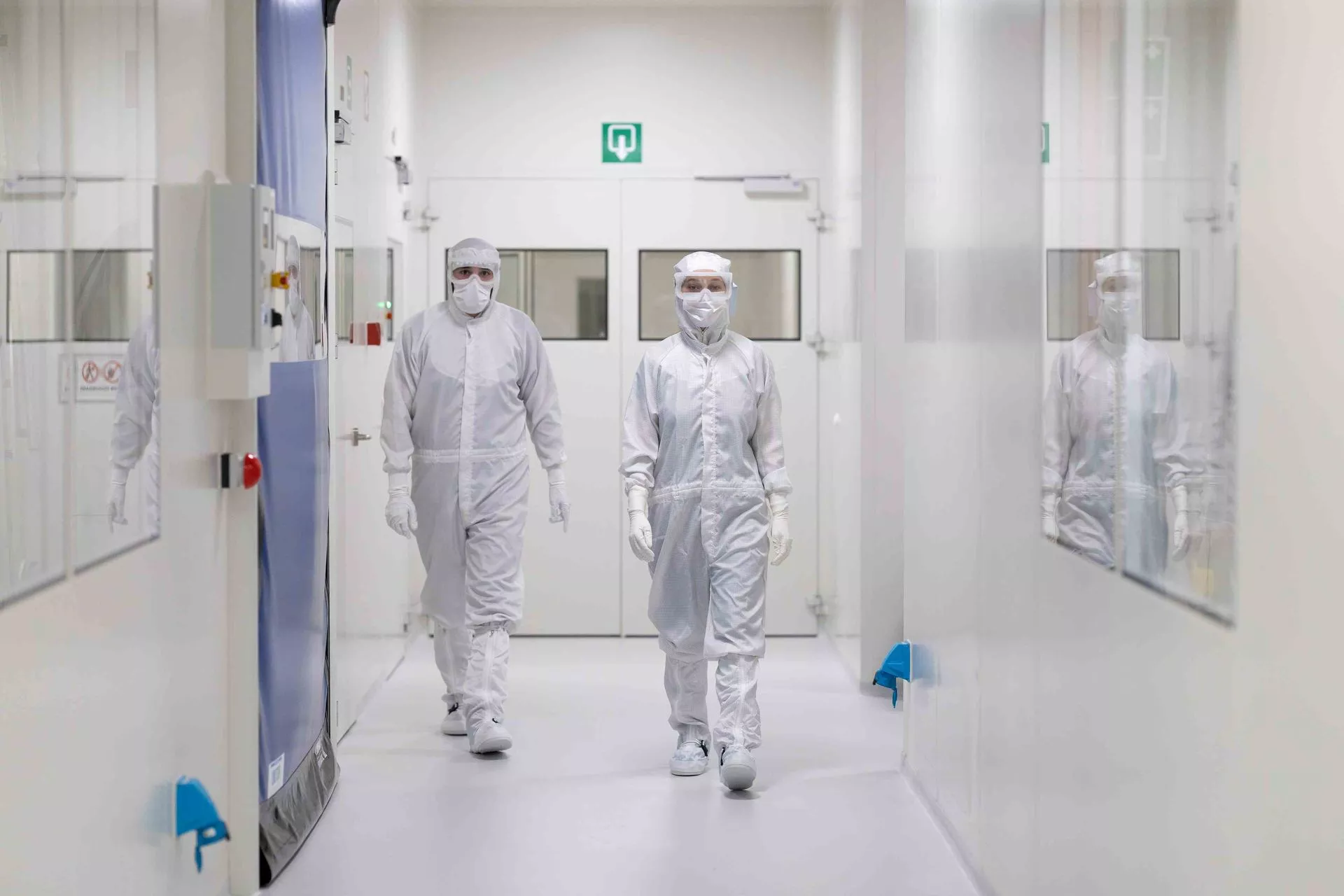The hidden threats in your cleanroom: understanding contamination risks
Did you know that a single microscopic particle or microbial intruder can derail entire production processes? Keeping your cleanroom contamination-free is a constant battle against invisible adversaries. Even with the most advanced filtration systems, rigorous protocols, and controlled environments, contamination remains a persistent risk that can compromise product integrity, safety, and compliance.
To ensure cleanroom reliability and operational efficiency, it’s essential to understand where contamination originates, the dangers it presents, and the potential consequences of failing to control it.

People: the biggest source of contamination
Did you know your own team poses the biggest risk to your cleanroom? Contamination starts the moment someone steps into the room, no matter how well it’s designed. Consider the following:
- Skin shedding – the human body sheds approximately 24,000 skin cells every day, each carrying countless microorganisms.
- Particle accumulation – hair, respiratory droplets, and even fibers from clothing further add to the contamination risk in a controlled environment.
- Movement – walking, talking, and adjusting equipment can release particles into the air, making human presence alone one of the biggest contamination risks.
Contaminants lurking in materials and equipment
While people are the most significant source of contamination, materials and equipment aren’t far behind. Tools, raw materials, and packaging can introduce microbes into the cleanroom if they are not properly sterilized or handled using aseptic techniques. Poor storage practices or contaminated supplies can quickly escalate into a widespread contamination issue, affecting the entire cleanroom environment.
Invisible intruders: airborne contamination
In an empty cleanroom, the air is rigorously controlled. However, the moment production starts and personnel enters, airborne contaminants increase exponentially. Microorganisms can attach to dust particles, existing in aerosolized form, and infiltrate cleanrooms. Any lapse in proper air control can turn a carefully regulated environment into a breeding ground for contamination.
Surfaces can be deceiving
Surfaces within a cleanroom may appear sterile, but without proper and frequent disinfection, they can become hotspots for contamination. Microbial biofilms can form on inadequately cleaned workstations, equipment, and even walls, creating a persistent contamination risk. Once established, these biofilms can be difficult to remove, continuously releasing microorganisms into the environment and increasing the likelihood of cross-contamination.
Water as a hidden breeding ground
Water, essential for cleaning and humidification, can also be a significant source of contamination. If not properly treated, water systems can harbor microbes that spread throughout the facility. Contaminated water can affect everything from cleaning protocols to humidity control, exacerbating contamination risks rather than mitigating them.
If we round up the risks we’ve covered so far, it becomes clear that there are many ways for contamination to take form in your cleanroom:
- Human body particles
- Poorly cleaned equipment
- Airborne contaminants
- Biofilms on surfaces
- Microbial growth in water systems
Left to spread without your knowing, these contamination hazards can be detrimental to your operations, leading to even more unforeseen effects.
The costly consequences of contamination
Cleanroom contamination can have serious consequences across various industries, leading to financial, health, and operational setbacks.
- Pharmaceutical and medical device – even a single contamination event can lead to costly product recalls, severely impacting a company’s financial stability and reputation.
- Medical products – contamination in the medical sector poses significant health risks, potentially resulting in infections or adverse reactions in patients and legal liabilities and regulatory scrutiny.
- Semiconductors and electronics – microbial contamination can cause defects that compromise product quality, leading to operational losses and dissatisfied customers.
Regulatory bodies enforce stringent standards, and failure to comply can result in penalties, production shutdowns, or legal action. Additionally, contamination incidents often prompt lengthy investigations, causing extended operational downtime and reducing overall production efficiency.
How to stay in control
Preventing contamination requires more than just cleanroom protocols—it demands a comprehensive strategy that includes risk assessment, preventive measures, and continuous monitoring.
Do you want to learn more about how to safeguard your cleanroom environment?
Leave your email address and we’ll send you an exclusive link to our comprehensive guide on contamination prevention and control.
Stay ahead of the risks and ensure a contamination-free operation with the right strategies.

